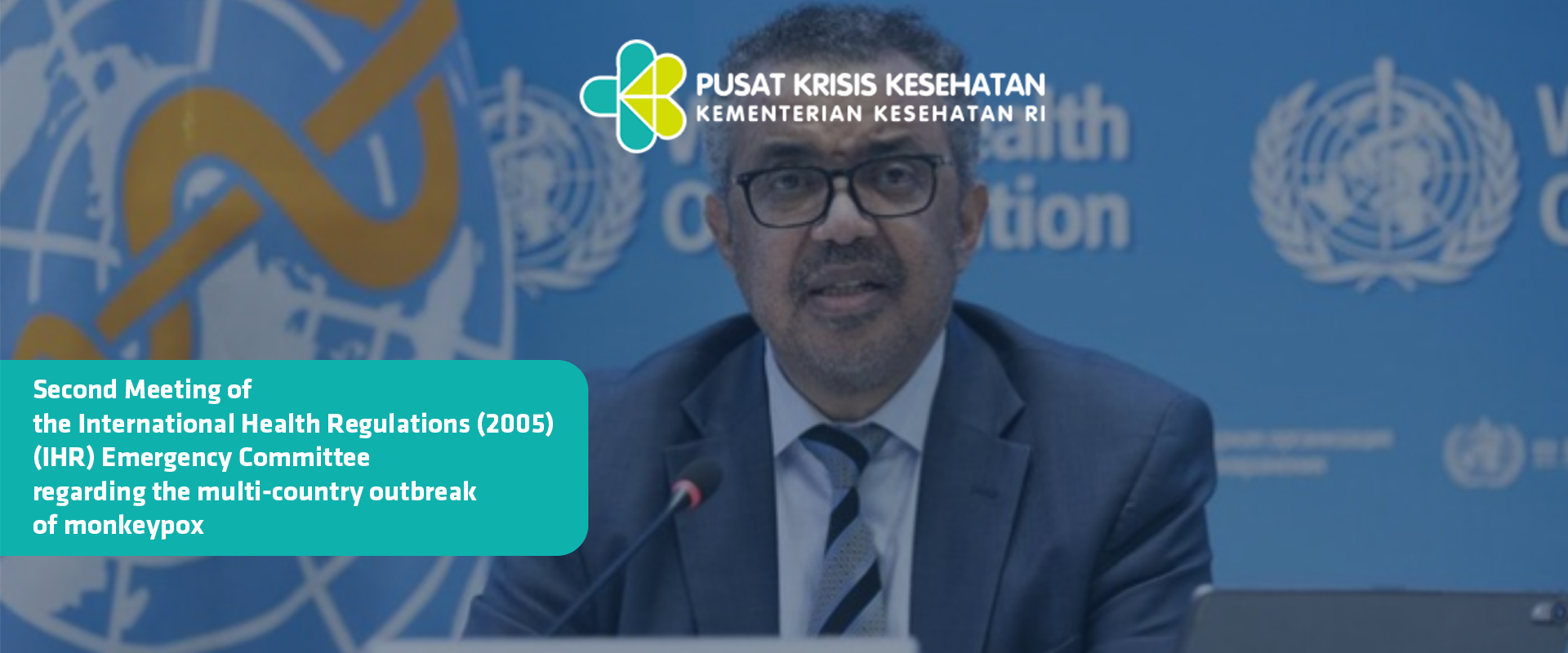National Board of Health Research & Development MOHRI and Directorat General of Diseases Control & Environmental Health MOHRI on August 25, 2009, informed 28 new cases of influenza A H1N1 and 1 of them are death. Total cumulative cases of influenza A H1N1 in Indonesia are 1033 cases and 6 of them are death. The cases are spread into 24 province.
National Board of Health Research & Development MOHRI and Directorat General of Diseases Control & Environmental Health MOHRI on August 25, 2009, informed 28 new cases of influenza A H1N1 and 1 of them are death. Total cumulative cases of influenza A H1N1 in Indonesia are 1033 cases and 6 of them are death. The cases are spread into 24 province.
Influenza A H1N1 is transmitted through direct contact from human to human through cough, sneeze or things that ever touched by patient. At that time, most disease is only light disease and can be cured well.
Society has a big role in eliminating the distribution through healthy and clean life behavior, such as washing hands with soaps or antiseptic, covering nose with tissue or handkerchief when coughing and sneezing, and when having influenza symptoms, taking medicine, wearing mask, not going to public area, taking rest for 5 days and going to doctor if not getting well in 2 days.
Some preparedness have been taken by government: supporting Port Health Office (thermal scanner and Health Alert Card, which must be filled in), preparing referral hospitals, supplying logistics, improving contact investigation, ILI surveillance, laboratory, communication, education and information, as well as performing International Health Regulations (IHR).
In addition, it also covers community surveillance, which is people having quite serious influenza should go to health center, while people having very serious one must go to health center, and clinical surveillance, which is developing surveillance of severe acute respiratory infection (SARI) in health center and hospital levels to find very serious cases, while slight cases do not need inpatient treatment in hospital.
(Source: Center for Public Communication, Secretariat General MOHRI)


.png)







